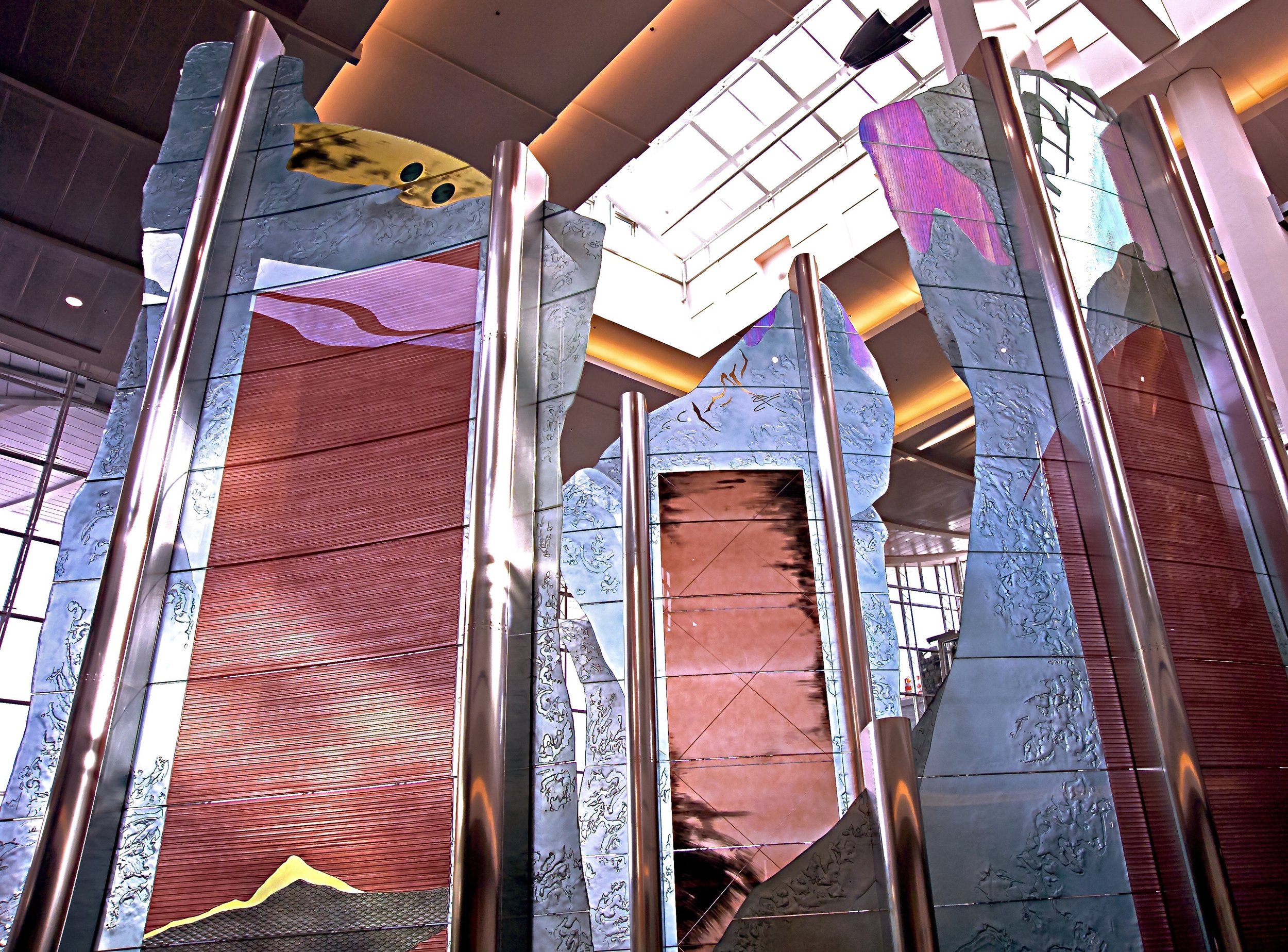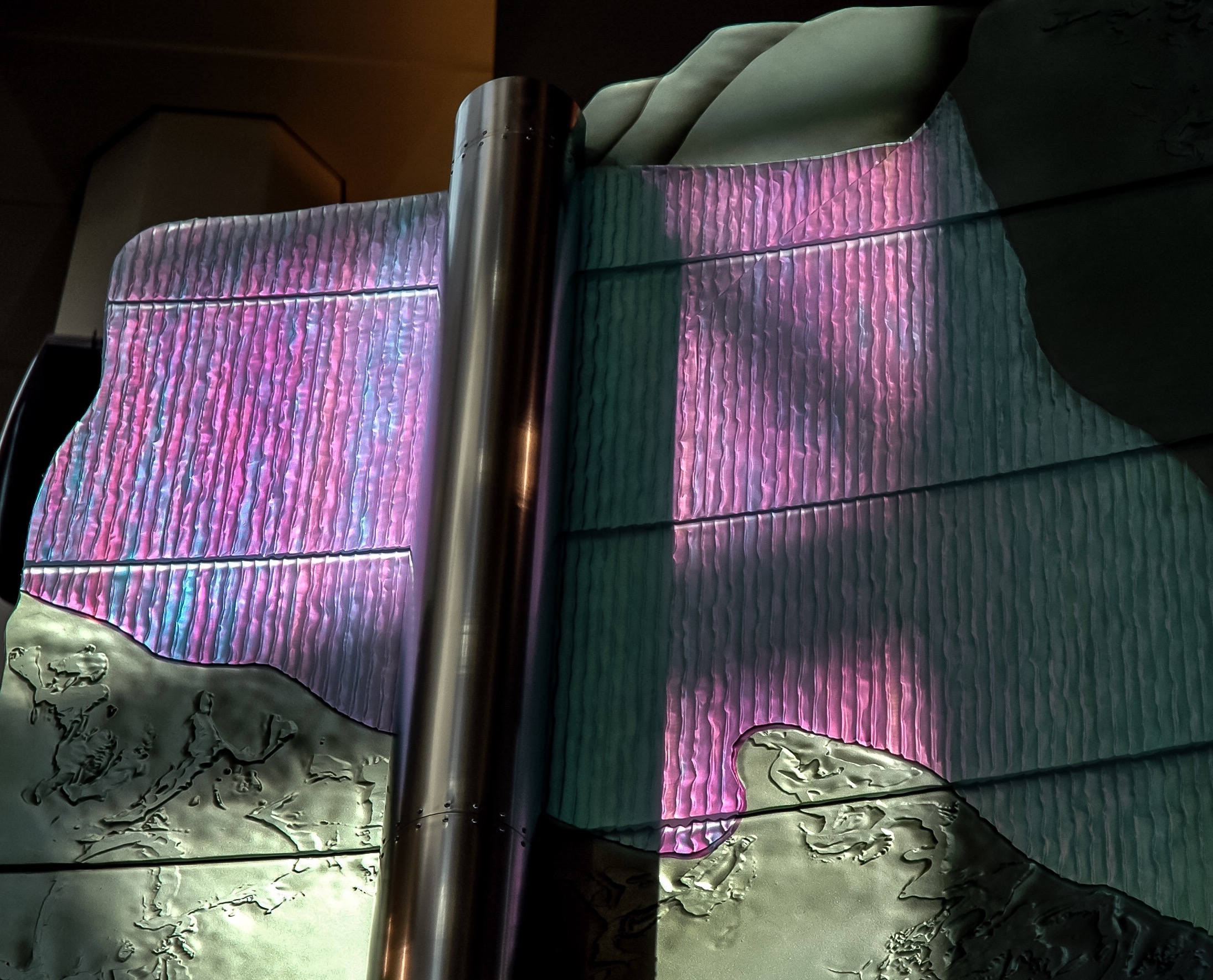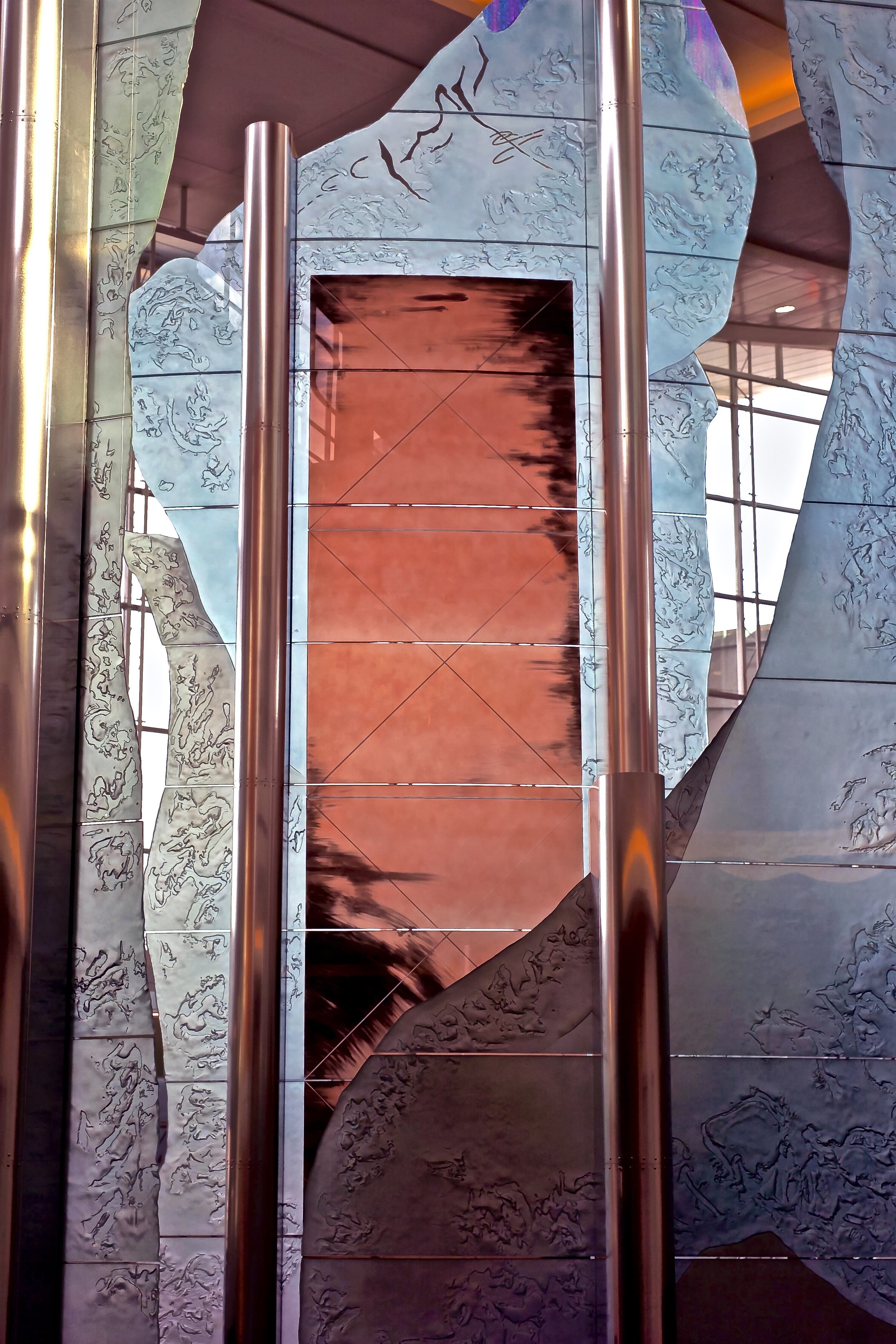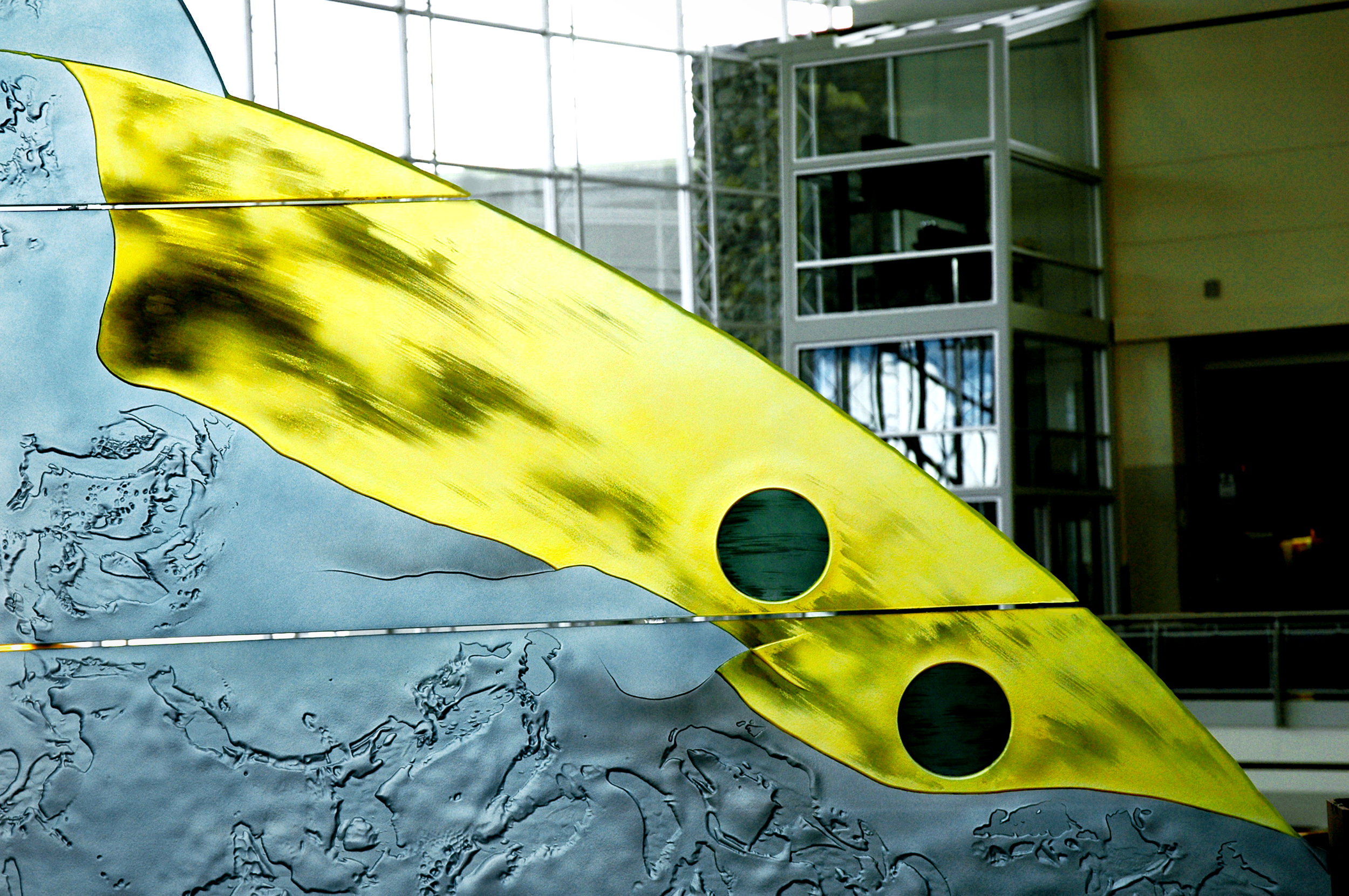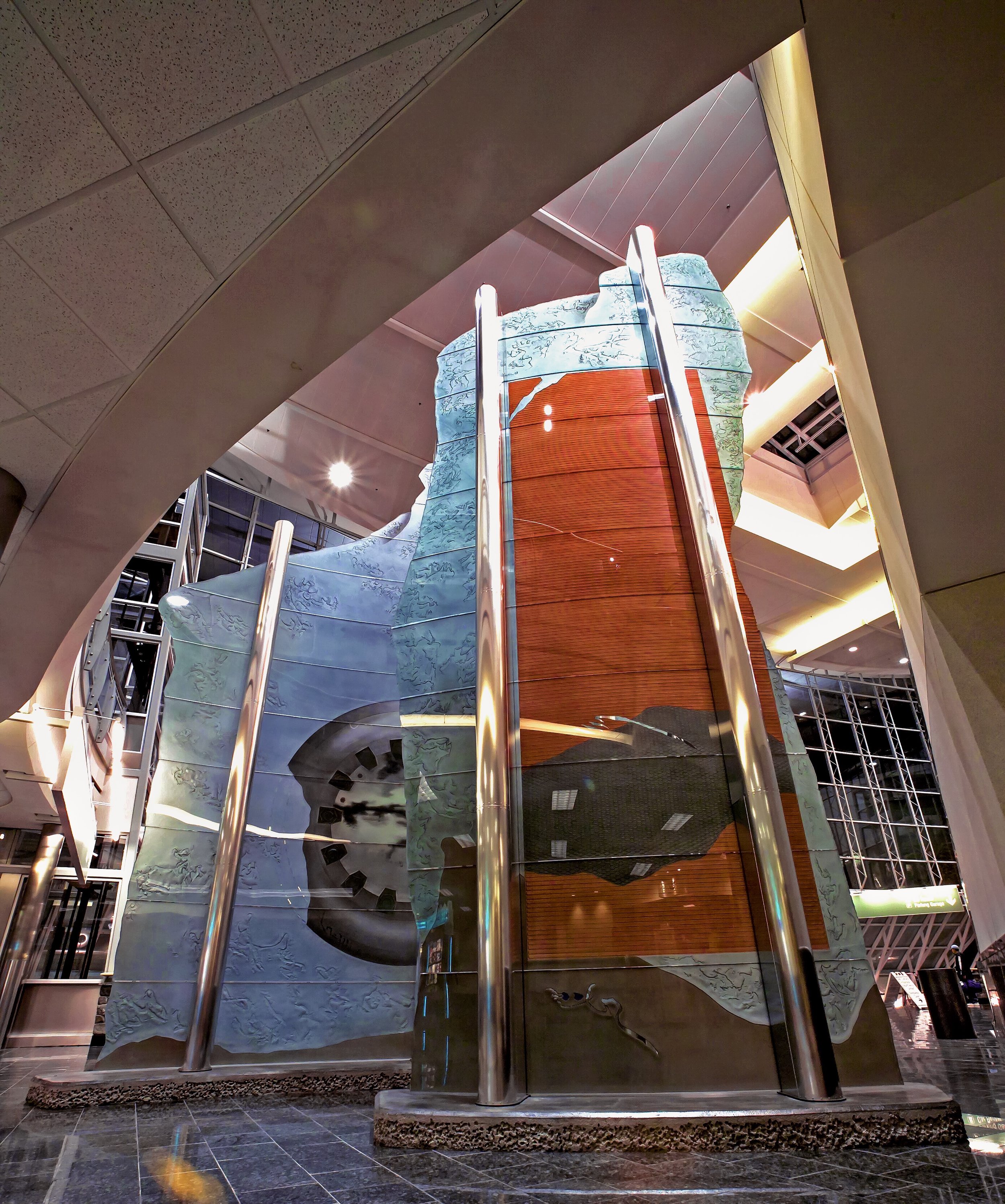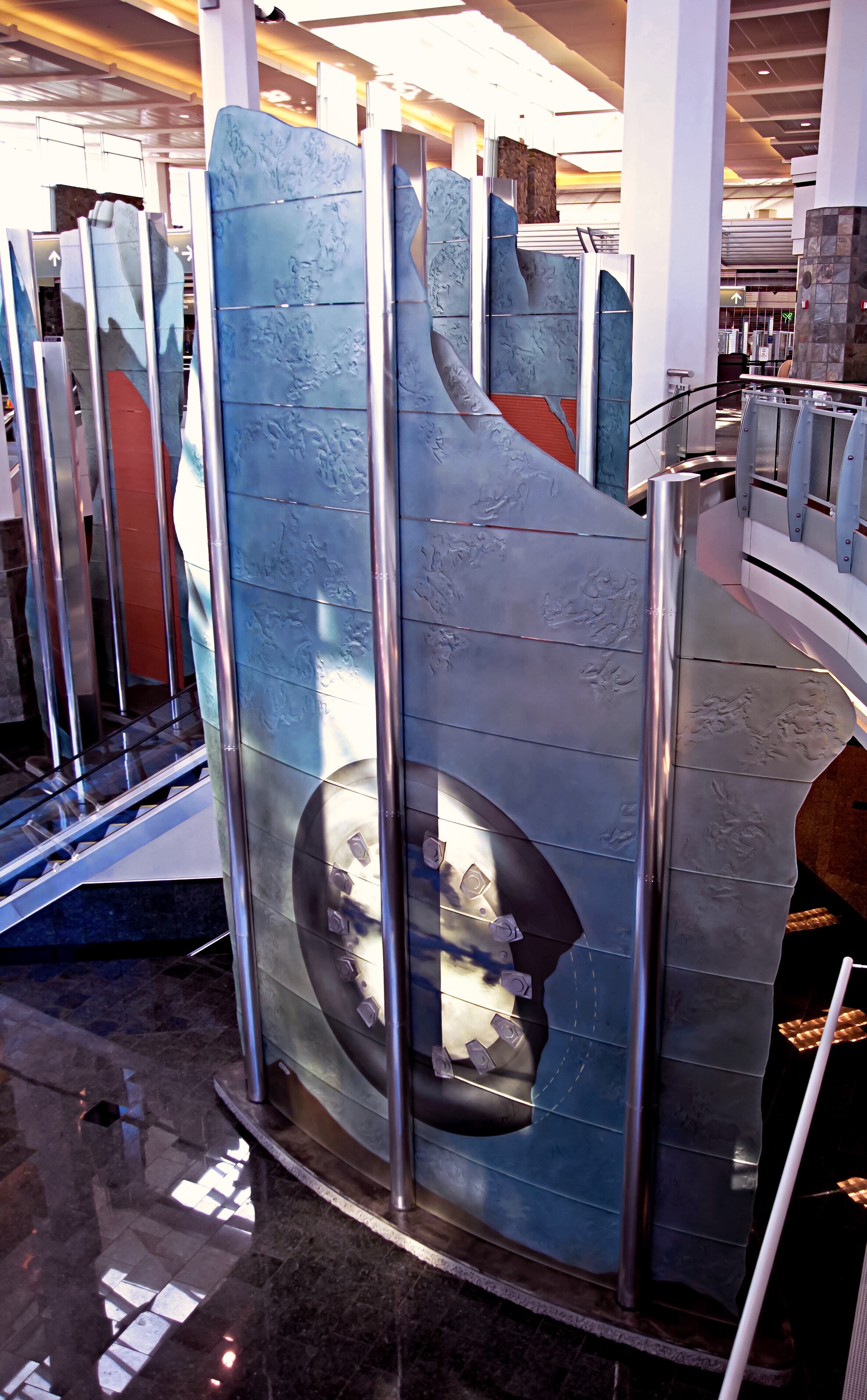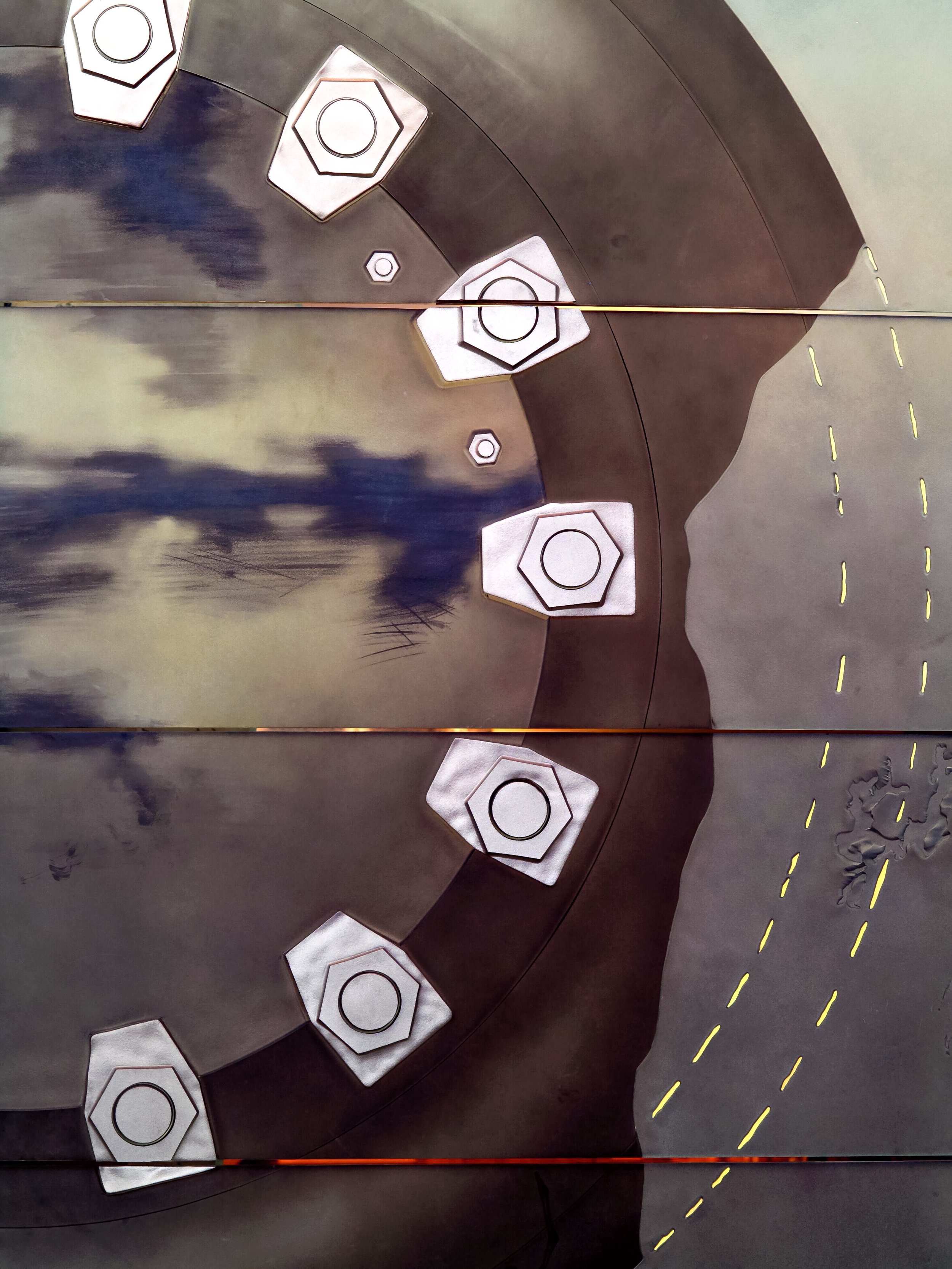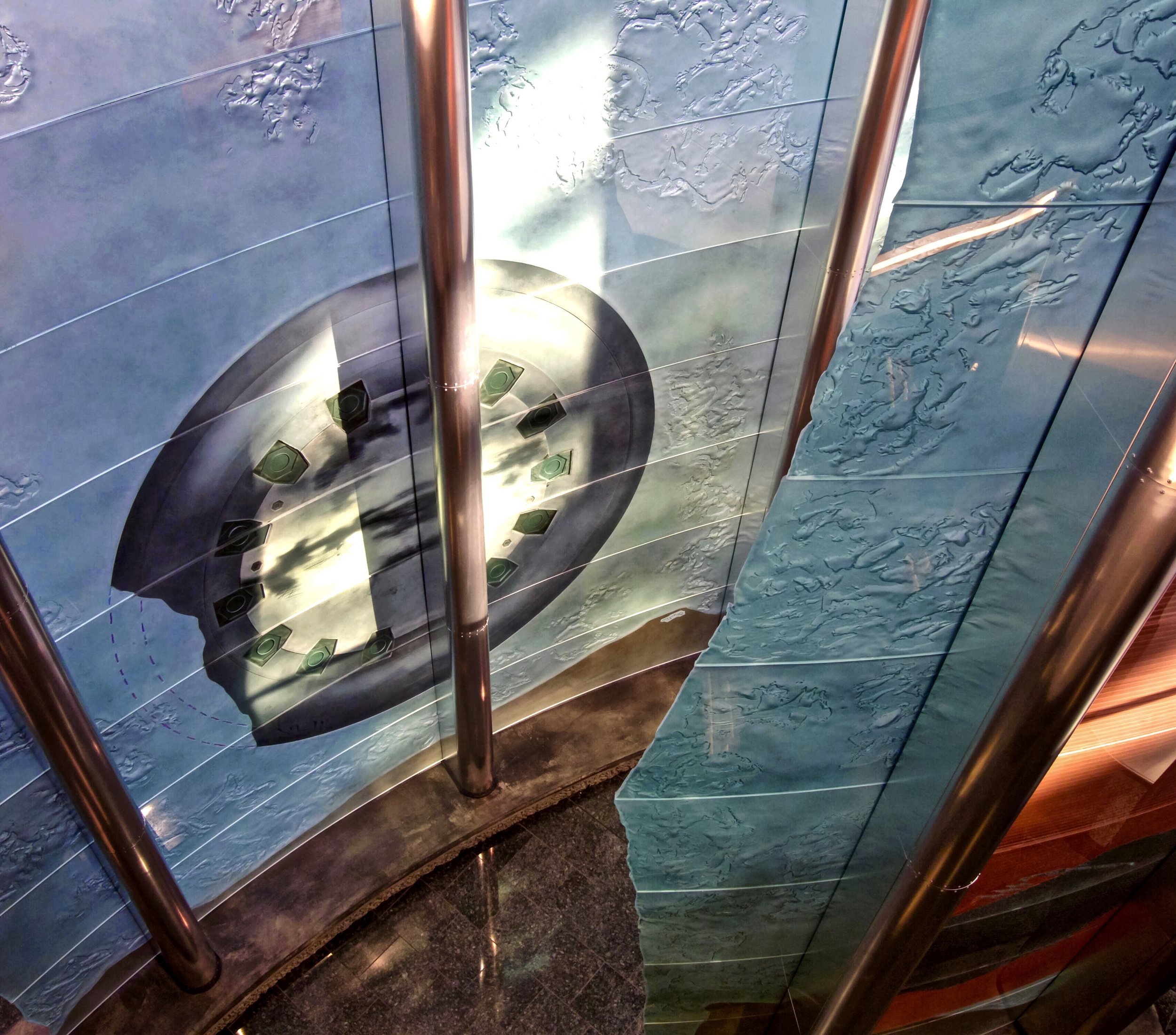Euphony
Work in Progress
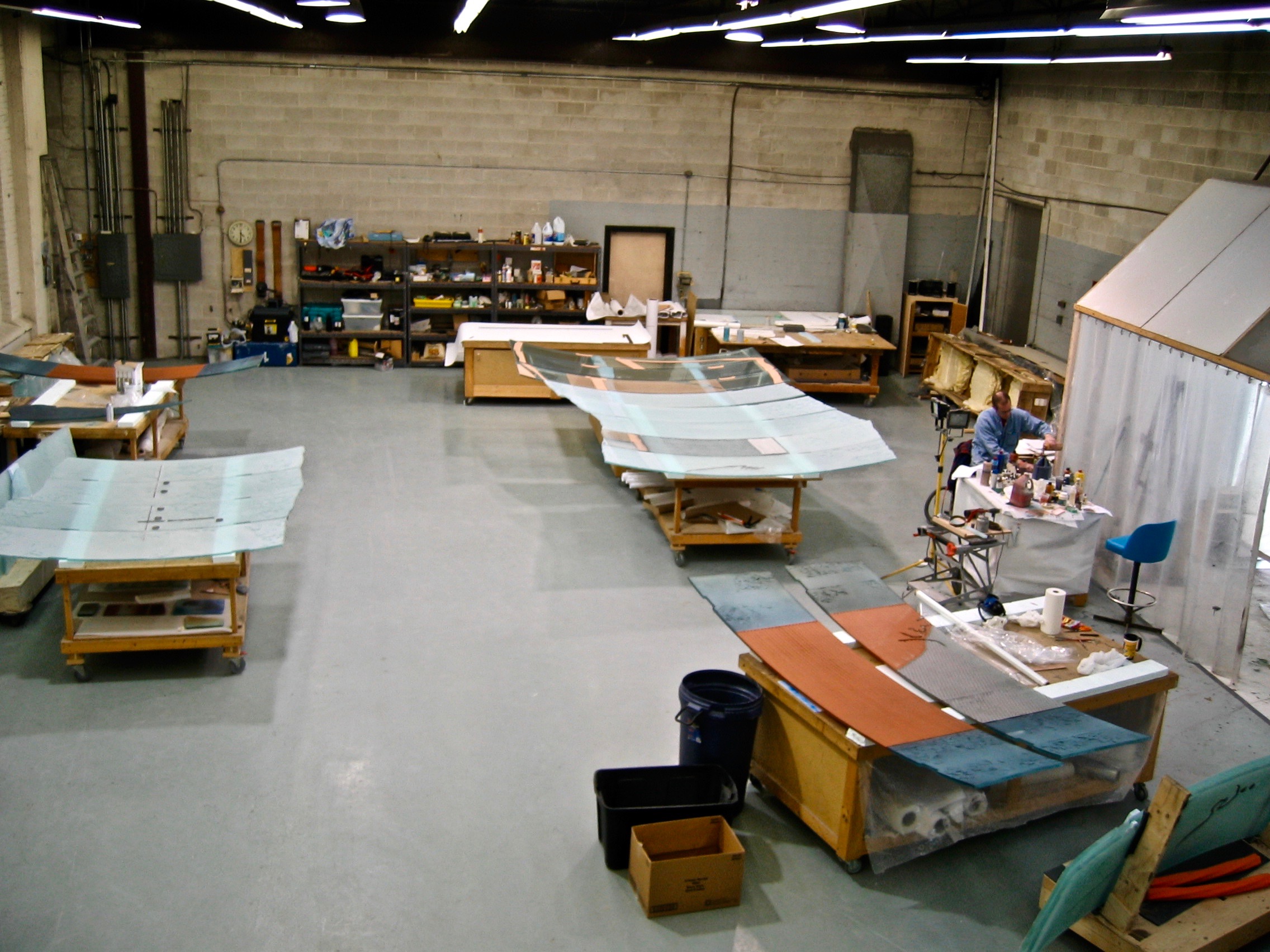
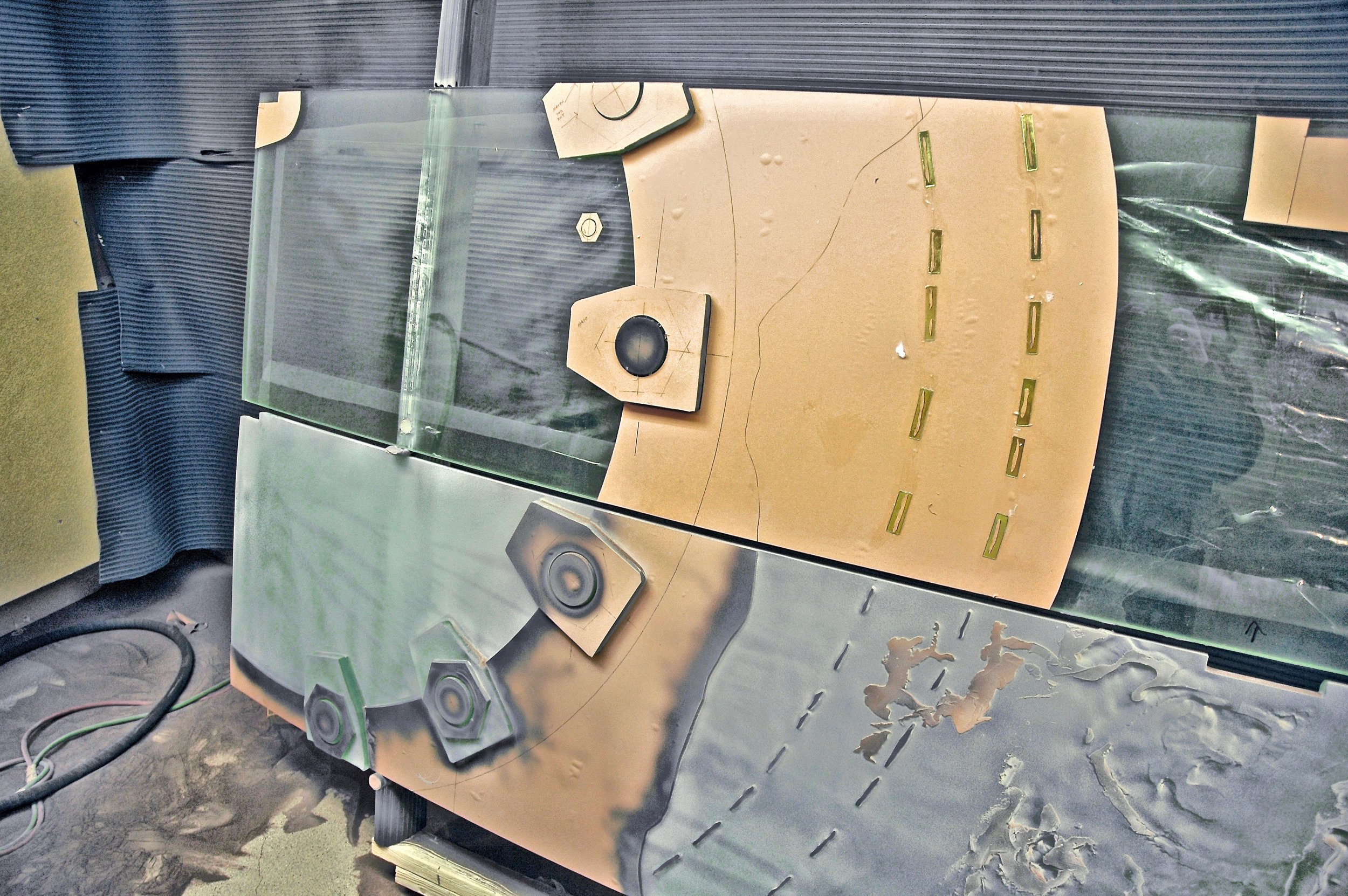
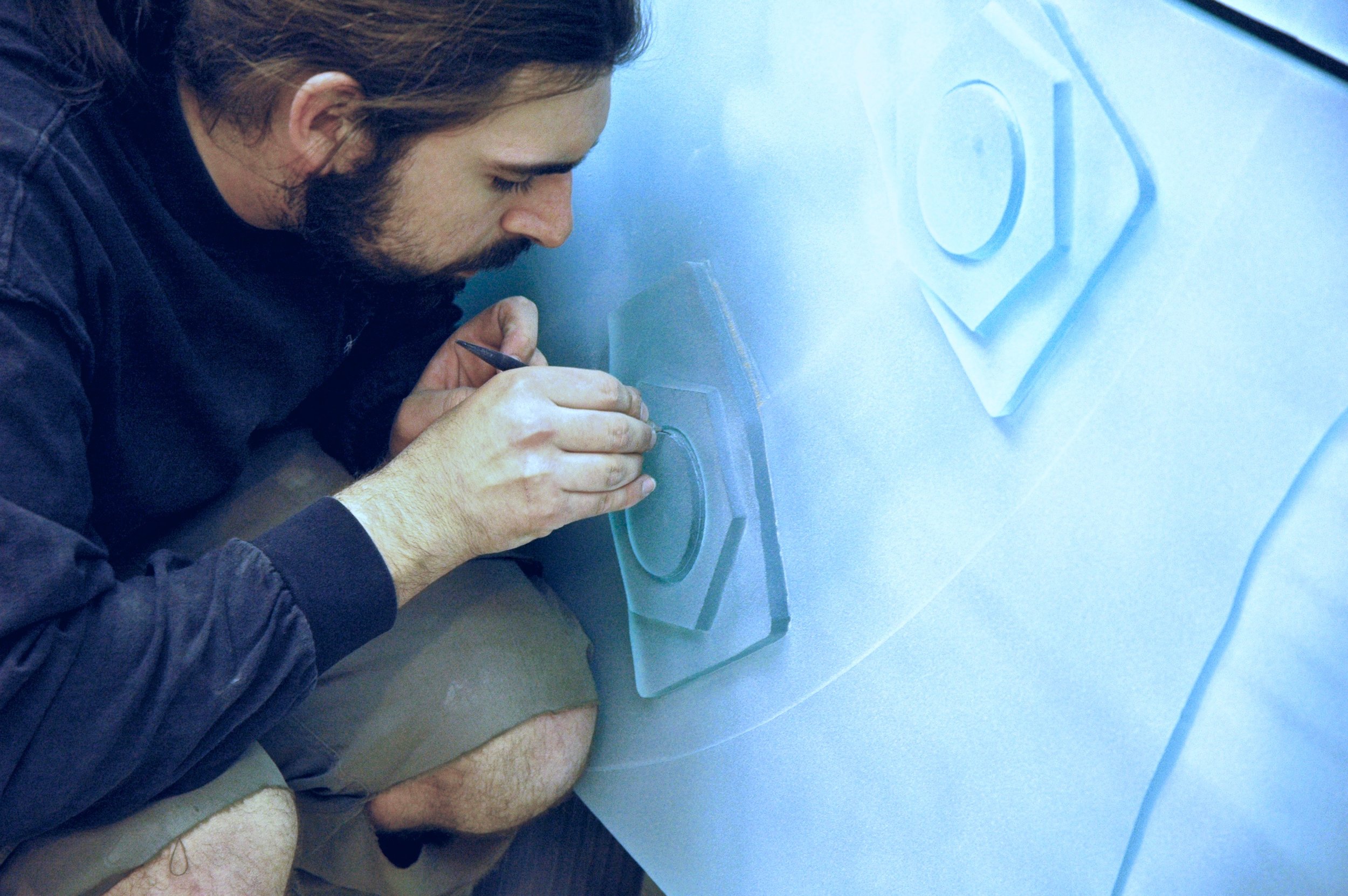
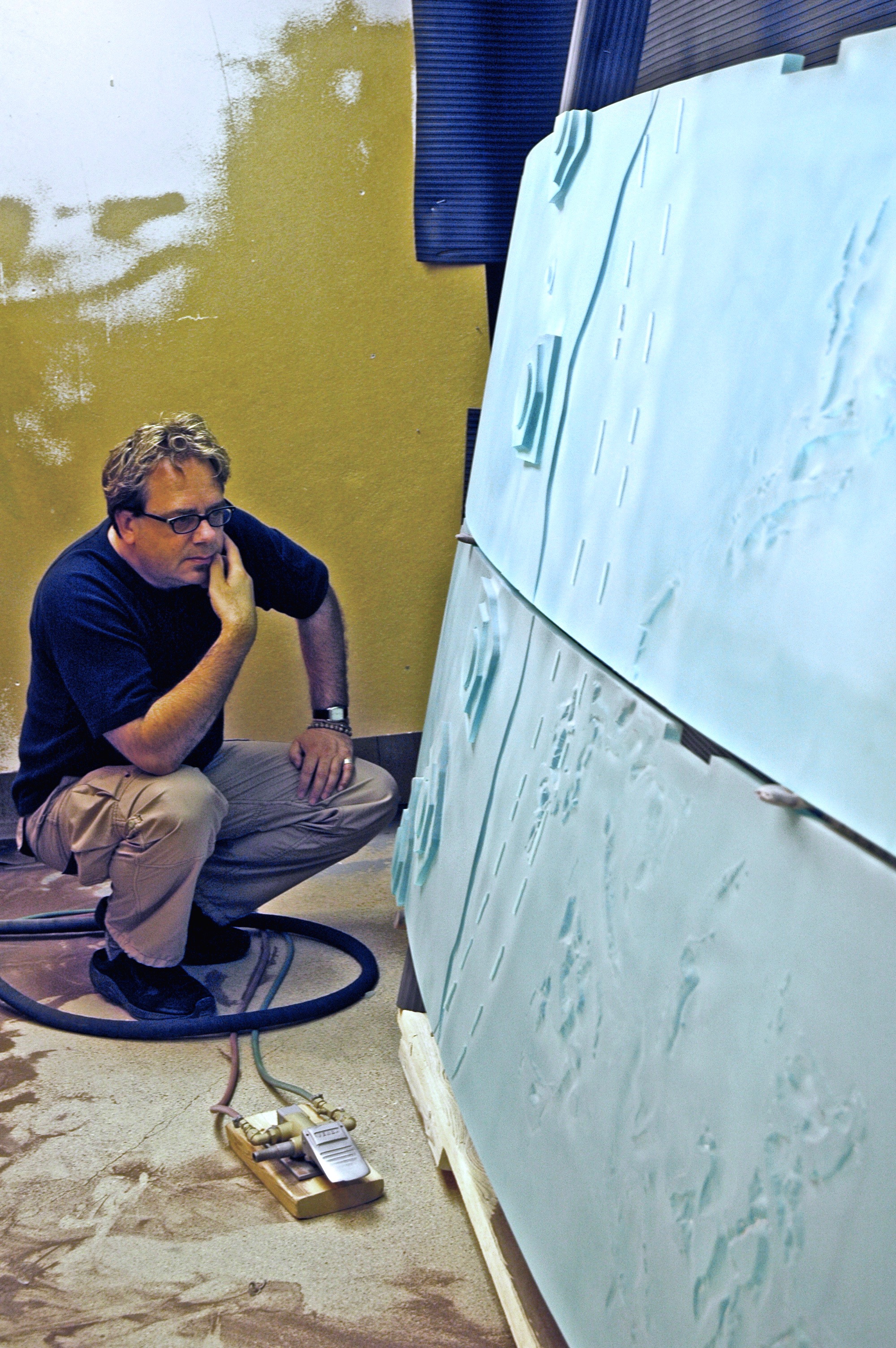

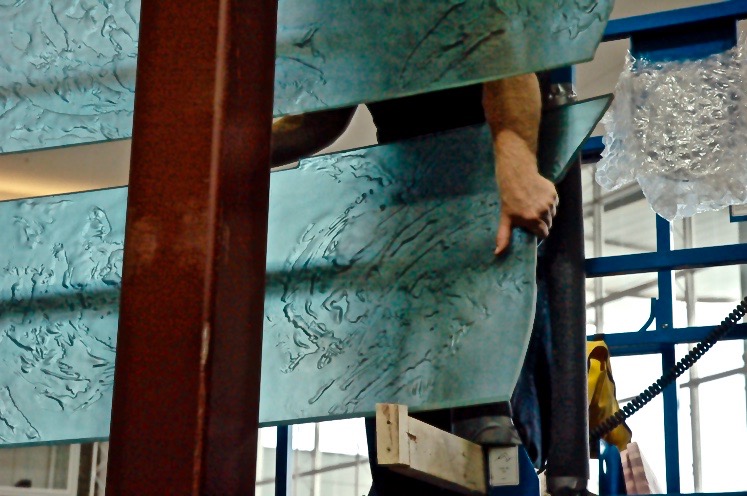
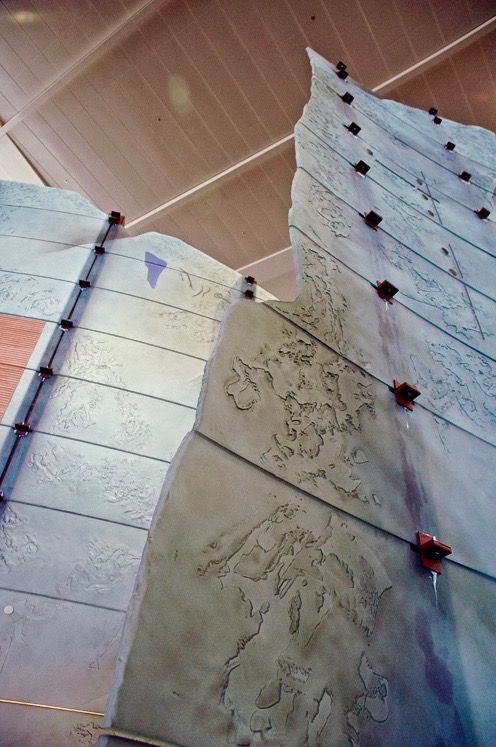
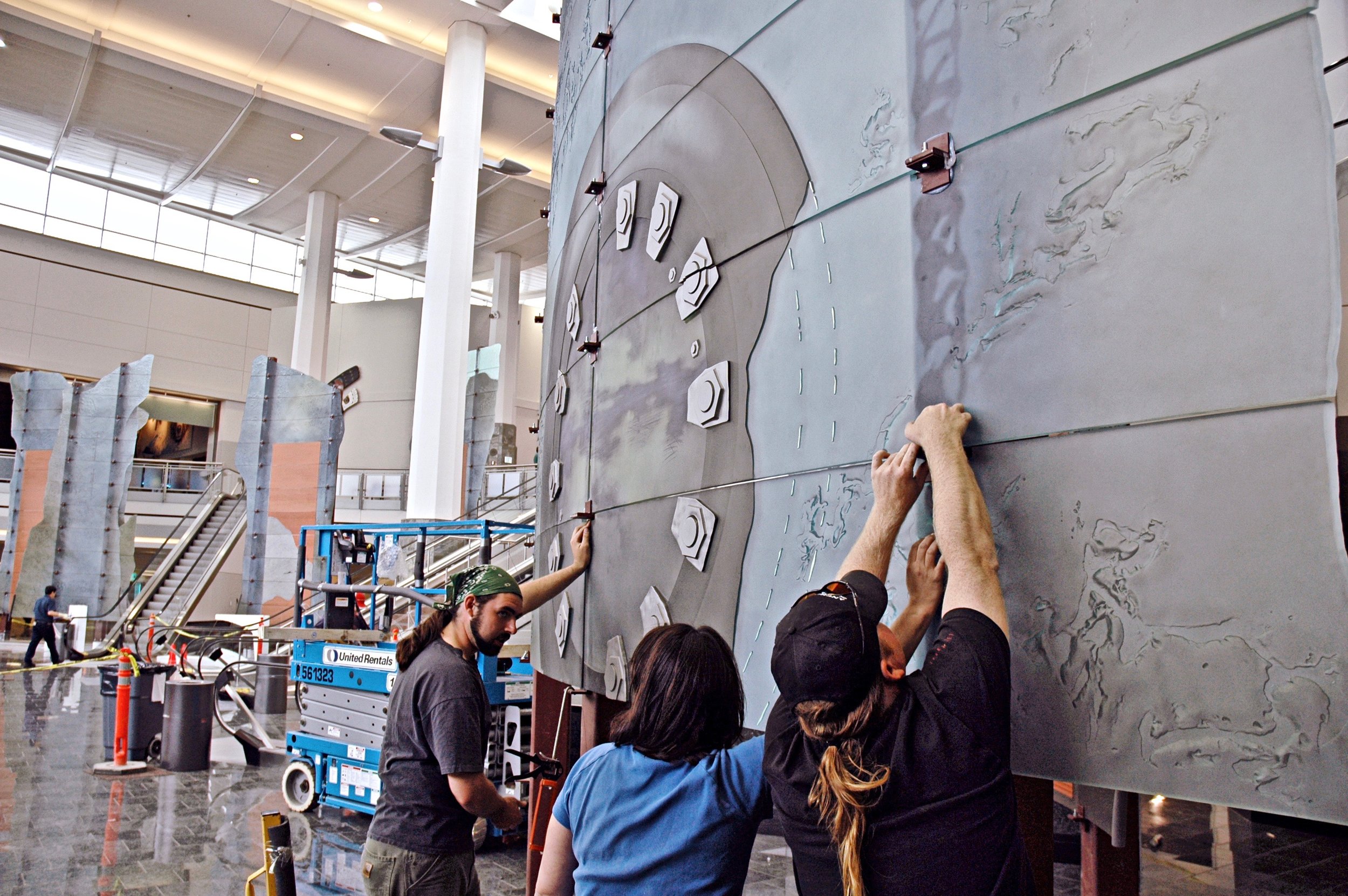

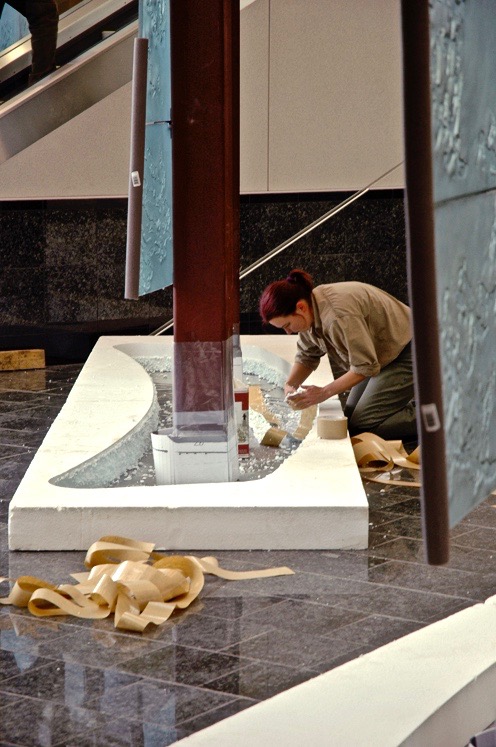
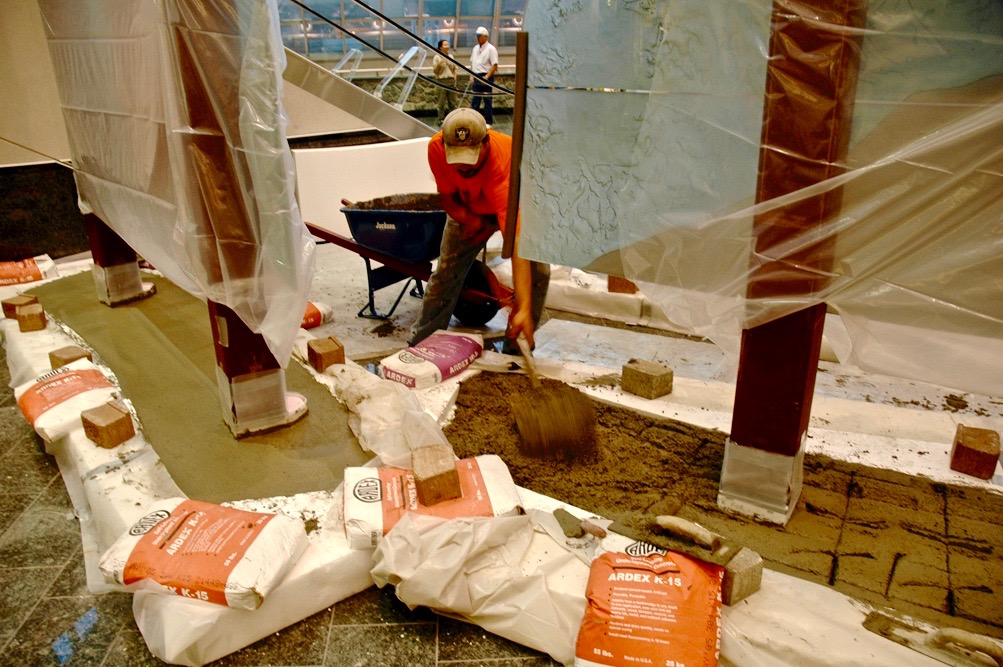
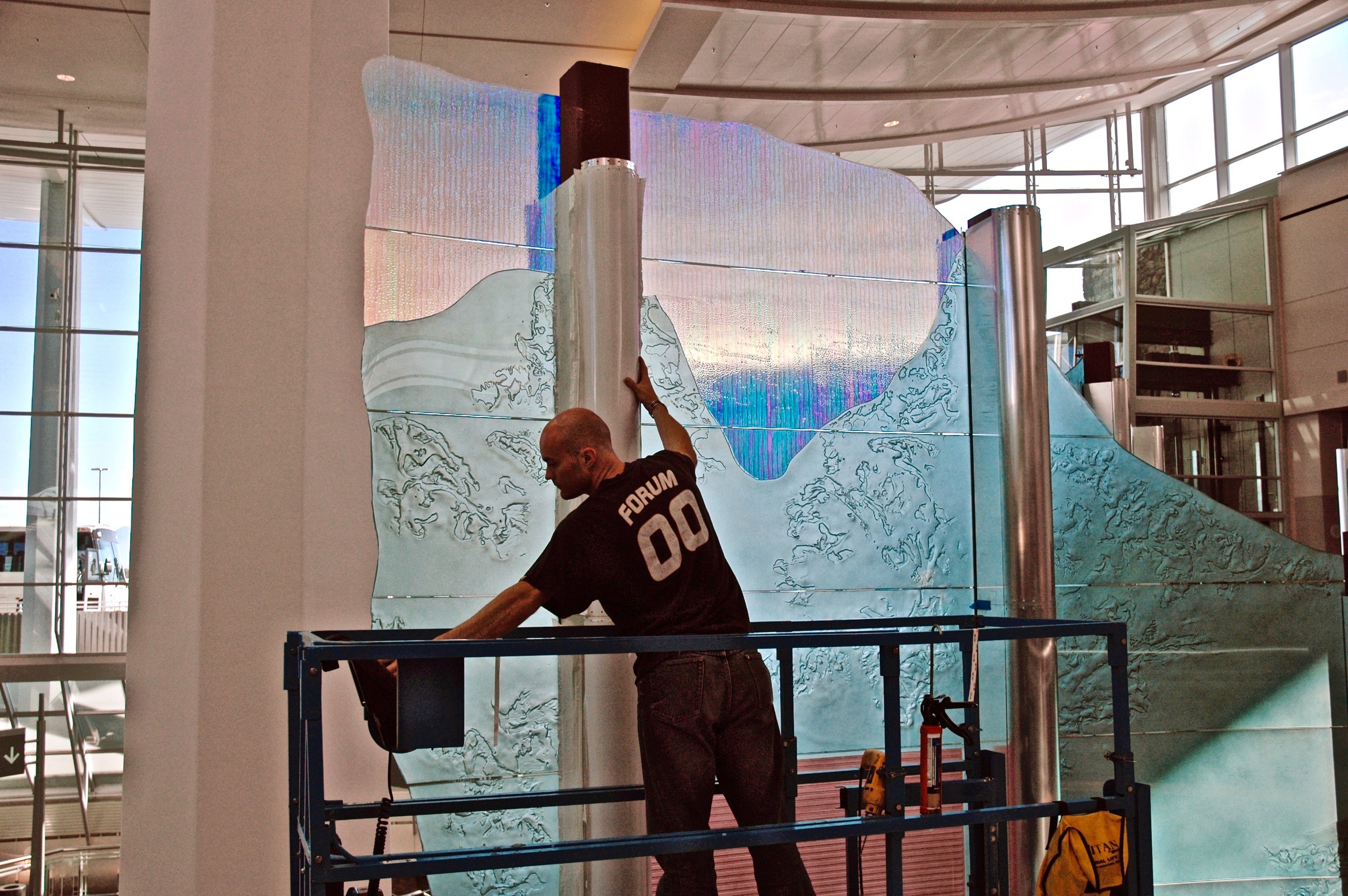
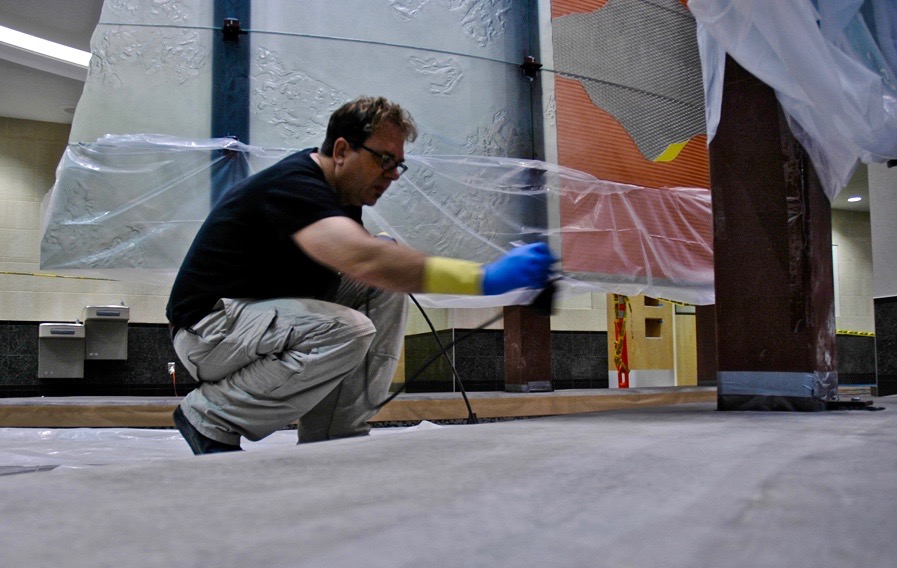
EUPHONY explores the complex relationship between nature and industry in Alaska. The core ideas are represented by overlapping images and symbols set within nine glass towers.
The original inspiration for “Euphony” came from Alaska’s colossal and awe inspiring vistas of rock, ice, and snow. The state’s enormous land mass includes mountains, icebergs and glaciers. The sculptural forms were designed to reflect the scale of the landscape.
EUPHONY explores the complex relationship between nature and industry in Alaska. The core ideas are represented by overlapping images and symbols set within nine glass towers.
The original inspiration for “Euphony” came from Alaska’s colossal and awe inspiring vistas of rock, ice, and snow. The state’s enormous land mass includes mountains, icebergs and glaciers. The sculptural forms were designed to reflect the scale of the landscape.
The piece offers a deliberately ambiguous impression of the rugged shapes, textures and colours found in the landscape, which look similar from the land and from the sky.
The nature inspired imagery is contrasted with large rectangular fields of copper coloured glass. “Coppers” represents the beaten copper plaques created by Alaska’s indigenous peoples for whom the copper is a cherished symbol of wealth. This sense of wealth is echoed in the spectacular abundance of nature that Alaskans possess.
Within some of the “Coppers” are curvilinear silver forms that from a distance, appear to be the scales of a salmon. However, as one gets closer, it can be observed to be a pattern taken from expanded metal, a material used extensively in industry. The creation of this image makes a reference to Alaska’s continual need to be watchful in balancing the impact of its industrial world with the splendour of its natural world.
A large circular form within the sculpture features industrial bolts. It represents hydroelectric dams. This symbol of industrialization took on additional meaning as time went on. It also represents the engines of aircraft that bring people to Alaska, the portholes on the ships that bring tourists to Alaska, the tires of the giant land moving machines that transformed the landscape and the pipeline that takes oil out of Alaska. Within the center of the circle lies an image within an image. A very hazy landscape or seascape suggests a future that is not yet clear.
All twenty-one of the hollow structural steel columns are encased in aircraft aluminum. The riveted aluminum casings have an aerodynamic shape similar to the wings of an aircraft.


